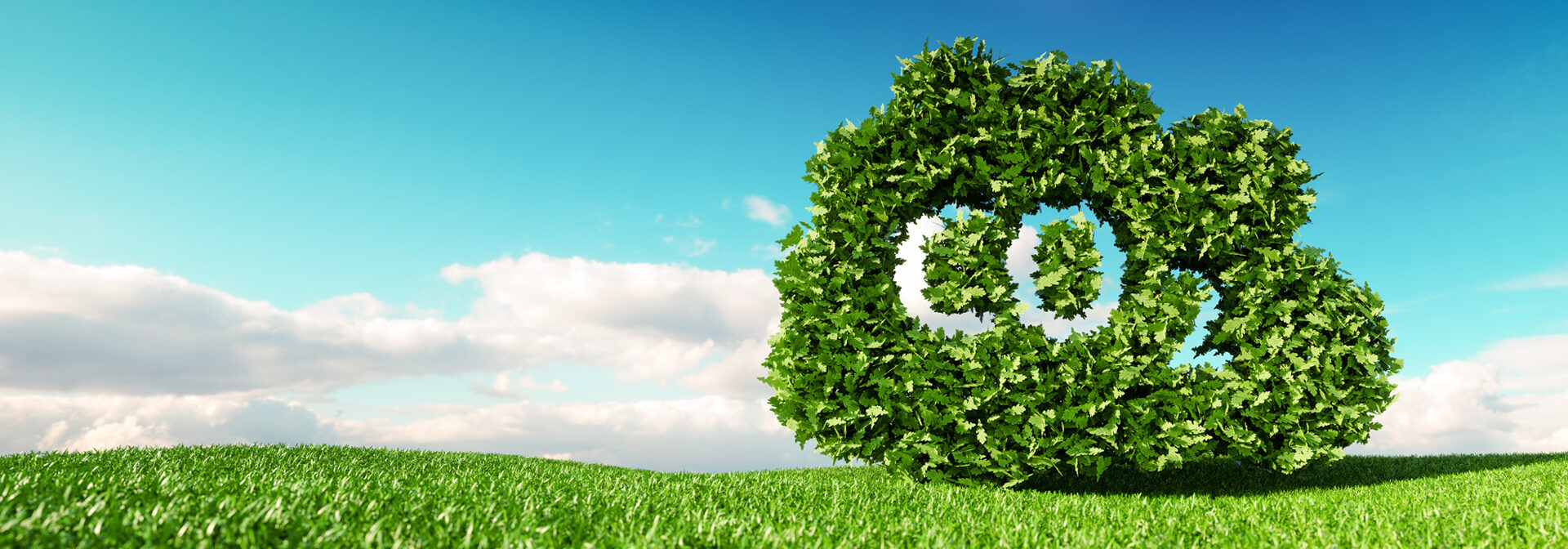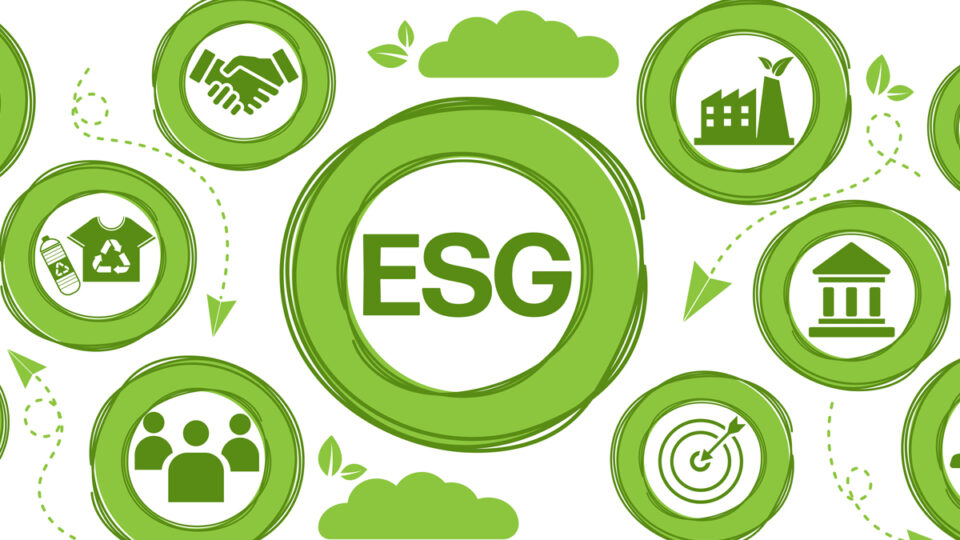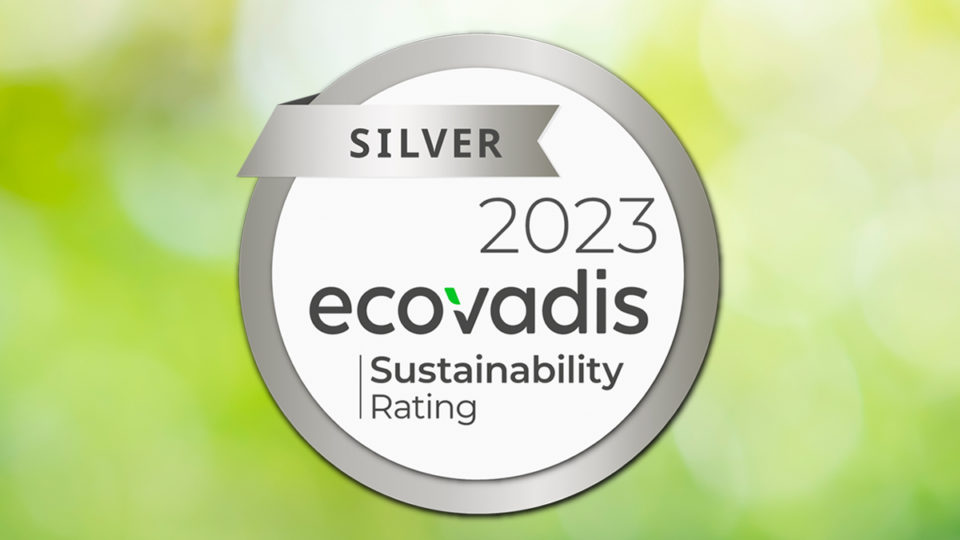
New environmental objectives for 2025 and 2030
In 2022, Teleste defined its environmental objectives for 2025 and 2030. An important part of them is the reduction of greenhouse gas (GHG) emissions. We also started to measure our Scope 1, Scope 2 and Scope 3 emissions. Our plan is to continue this work especially with Scope 3 calculation to understand the company’s total carbon footprint.
The most important areas to Teleste regarding environmental and social sustainability as well as corporate governance (ESG) are evaluated in the materiality matrix that was updated in 2021. The materiality matrix emphasises the relevance of greenhouse gas emissions and product energy consumption to our environmental footprint, and also the use of natural resources and the generation of waste are highlighted as areas that should be measured, monitored, and require actions in the coming years.
Based on the assessment, we have defined new environmental objectives for the company for 2025 and 2030, complemented by a set of actions targeted to help us meet the goals.
Environmental objectives for 2025 and 2030
| Indicator | 2021 Comparison year | 2022 Result | 2025 Target* | 2023 Target* |
| Scope 1 carbon dioxide emissions (Transport emissions in service business) [tCO2e] | 309 | 251 | -40% | -100% |
| Scope 2 carbon dioxide emissions (Emissions from own energy consumption) [tCO2e] | 761 | 703 | -20% | -50% |
| Emissions from land, sea, and rail transport [tCO2e] | 311 | 350 | -10% | -20% |
| Emissions from air transport [tCO2e] | 574 | 592 | -10% | -20% |
| Own energy consumption, purchased [MWh] | 7,306 | 7,244 | -5% | -10% |
| Share of recycled aluminium in products manufactured in-house [%] | 92% | 92% | 94% | 96% |
| Recycling rate [%]** | 60% | 51% | 75% | 80% |
| Recovery rate [%] | 100% | 100% | 100% | 100% |
**The company’s factory expansion project affected the result for 2022
The central aim of the objectives is to reduce Scope 1, 2 and 3 carbon emissions and the amount of purchased energy, while also increasing the use of recycled materials, especially aluminium, in our products as well as improving the recyclability rate. Our CO2 emissions are mostly generated from the energy used on our premises, cargo, and transportation, while the energy consumption created during product life cycle is estimated to have the largest impact on carbon emissions overall, depending on the CO2 intensity of the energy used by the products.
In the coming years, the set objectives will be achieved by taking, among other things, the following actions:
- Implementing Scope 3 calculation and actions based on the results
- Carrying out separate collection of plastic waste to increase the recyclability rate in the Littoinen factory
- Conducting an energy survey to define guidelines for improving our energy efficiency
- Increasing the amount of renewable electricity utilised in leased assets
- Switching to lower emission vehicles in network service operations
At Teleste, we have been working for decades to improve and optimise energy efficiency and power consumption to benefit our customers and lower their energy bills. Now is the time to take even bigger strides towards more sustainable business practises to meet our own objectives and also to help our customers achieve their goals and ambitions in the green transition.


